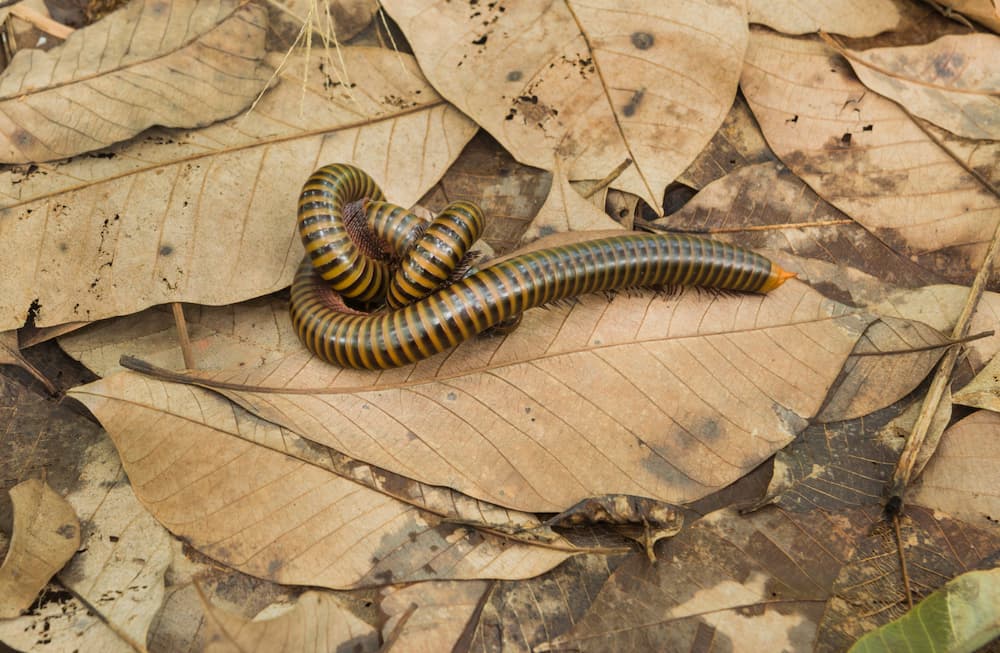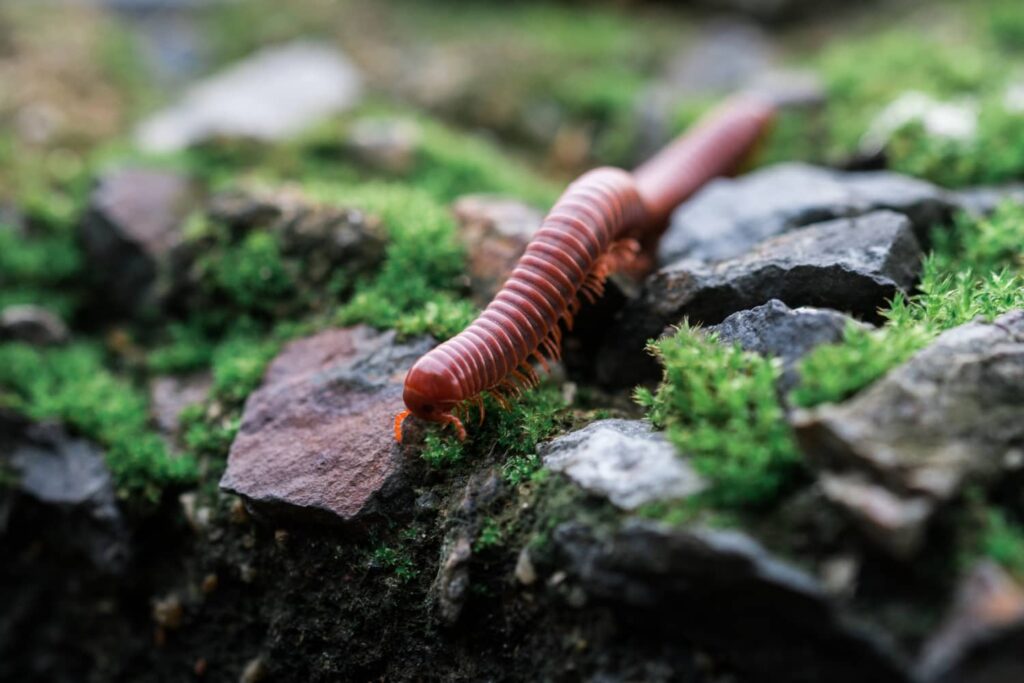Millipedes are common household pests that occasionally invade buildings, especially when the weather outside is too hot and dry for them. They also frequently forage in gardens, where they consume plant litter and rotting leaves.
There are those who mistakenly believe that millipedes are the same as their cousin, the venomous centipede. However, millipedes are quite calm and harmless in contrast to centipedes.
Nevertheless, it goes without saying that you should take action if you discover that you have a millipede infestation on your hands.
In case you are fed up with battling these pests and are searching for millipede control in Long Island, NY, consider the services offered by Optimum Pest Control.
Learning Millipede Control in Long Island, NY
Occasionally referred to as “thousand leggers,” millipedes are more closely related to lobsters, shrimp, and crayfish than they are to insects. Although the word “millipede” means “a thousand feet,” none of the species actually have that many feet. In actuality, the majority of species have fewer than 100.
Millipedes are usually found outdoors, where they feed on vegetative matter and damp, decaying wood, as well as green leaves that fall to the ground. As scavengers in the wild, these animals mostly consume decomposing organic matter. Though they rarely cause much harm, they do occasionally feed on young plants.
Due to their high moisture requirements, millipedes typically spend the day hidden beneath objects. During the night, millipedes frequently abandon their natural habitats to scuttle across patios, sidewalks, and foundations. There are times of the year when they may move in large numbers into buildings, particularly in the fall.
 Are There Millipedes in New York?
Are There Millipedes in New York?
Approximately 1,400 of the 7,000 species of millipedes found worldwide are found in the United States and Canada. Every state in the country, including Alaska and Hawaii, has millipedes. In New York, they are also extremely prevalent.
How to Recognize Millipedes?
Millipedes are distinctly different animals that are relatively simple to identify. With two or four legs per segment, their long, segmented bodies range in color from brown to black. They can range in length from roughly half an inch to more than six inches, depending on the species and age of the animal.
They have the ability to spray fluids when bothered. Although the fluid that millipedes produce is mostly harmless to humans, some of it may be toxic in large quantities.
Although there may be some visual similarities between centipedes and millipedes, the number of legs on each animal is the most distinguishing feature. Whereas centipedes only have one pair of legs per segment, millipedes have two to four legs per segment. Furthermore, when disturbed, millipedes frequently curl up, but centipedes run away.
Signs of a Millipede Infestation
The presence of millipedes is frequently the initial indicator of an infestation. Though they can grow in large numbers in gardens under the right conditions, they generally don’t infest homes. The presence of a few millipedes in and around your home is probably the result of a moisture source that needs to be fixed.
Keep in mind that millipede activity is highest at night in areas where decomposing organic matter is available for them to feed on. When checking for signs of a millipede infestation, you should examine moist areas surrounding your home’s perimeter during the day for millipedes, such as garden mulch, leaves that have fallen, and other garden debris.
You can also look in your garage and basement, or any other cool, damp, and dark places where millipedes like to hide.
 What Is the Best Control for Millipedes?
What Is the Best Control for Millipedes?
If millipedes get into your house, they probably won’t last more than a few days. You may find yourself reaching for a pesticide; however, millipede infestations cannot be significantly avoided by applying pesticides inside your home. Your current ones will die from it, but new ones will always find a way in.
The most effective way to manage millipedes is to prevent them from getting inside your house in the first place. By managing the outside environment to ensure that it does not draw any insects that can attract millipedes, you can reduce the likelihood of millipedes as well.
Keep in mind that the likelihood of millipedes reproducing in your lawn or beneath mulch, leaf litter, or other debris close to your foundation increases if you have a severe infestation of any other pests in your home.
Down below are a couple of suggestions to help stop infestations of millipedes:
Eliminate Organic Waste
In order to encourage millipedes to nest elsewhere, debris or potential habitats should be cleared. As omnivores, millipedes favor decomposing plant materials like manure, grass clippings, rotting wood, and decomposing fruit and leaves.
Additionally, ensure that vegetation never touches the house and is kept at least three feet away. If not, vegetation will be used by millipedes as a ladder to enter the house.
Decrease the Amount of Moisture in Your House
Your home will be less attractive to millipedes if you keep it as dry as possible because they prefer moist, damp environments.
To prevent water from getting near your foundation wall, make sure your splash blocks, downspouts, and gutters are all operating correctly.
Optimum Pest Control: Call Us Today!
Optimum Pest Control, based in Wantagh, NY, has been serving the Long Island region for more than two decades.
We use cutting-edge techniques while remaining conscious of the need to protect the environment. We have built our business on word-of-mouth recommendations from satisfied customers and providing exceptional customer service, so please feel free to check out the testimonials we have received.
If you need millipede control in Long Island, NY, please do not hesitate to contact us at any time. We are open Monday through Friday from 8 AM to 8 PM (8 AM to 4 PM on Saturdays).
